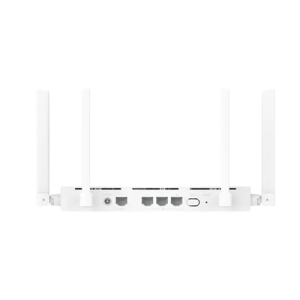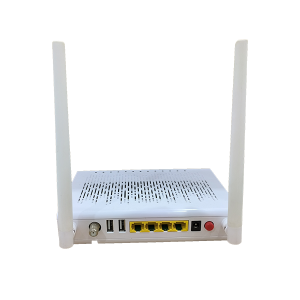Products
What is the Difference Between EPON and GPON?
What is the Difference Between EPON and GPON?,
,
Product Characteristics
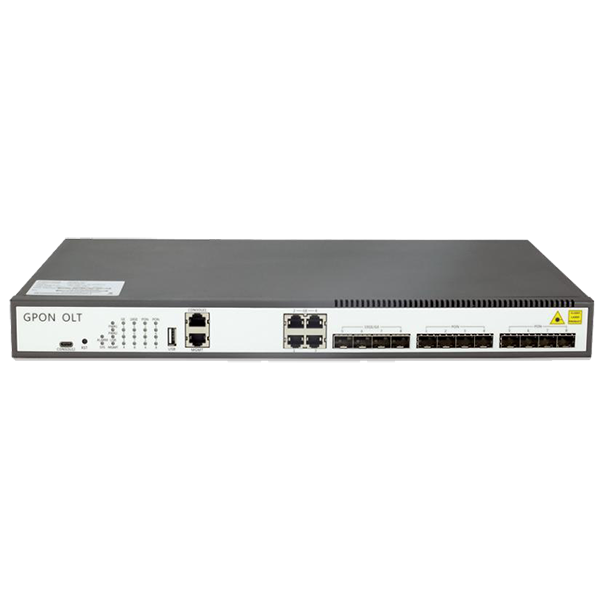
● Support Layer 3 Function: RIP , OSPF , BGP
● Support multiple link redundancy protocols: FlexLink/STP/RSTP/MSTP/ERPS/LACP
● Type C management interface
● 1 + 1 Power Redundancy
● 8 x GPON Port
● 4 x GE(RJ45) + 4 x 10GE(SFP+)
The GPON OLT LM808G provides 8*GE(RJ45) + 4*GE(SFP)/10GE(SFP+), and type c management interface to support three layer routing functions, support for multiple link redundancy protocol: FlexLink/STP/RSTP/MSTP/ERPS/LACP, Dual power is optional.
We provide 4/8/16xGPON ports, 4xGE ports and 4x10G SFP+ ports. The height is only 1U for easy installation and space saving. It is suitable for Triple-play, video surveillance network, enterprise LAN, Internet of Things, etc.
Faq
Q1: How many ONTs can your EPON or GPON OLT connect to?
A: It depends on ports quantity and optical splitter ratio. For EPON OLT, 1 PON port can connect to 64 pcs ONTs maximum. For GPON OLT, 1 PON port can connect to 128 pcs ONTs maximum.
Q2: What is the max transmission distance of the PON products to the consumer?
A: All the pon port’s max transmission distance is 20KM.
Q3: Could you tell What’s the difference of ONT &ONU?
A: There are no difference in essence, both are users’ devices. You could also say that ONT is part of the ONU.
Q4: What do the AX1800 and AX3000 mean?
A: AX stands for WiFi 6, 1800 is WiFi 1800Gbps, 3000 is WiFi 3000Mbps.The two terms that often come up today when talking about telecommunications are EPON (Ethernet Passive Optical Network) and GPON (Gigabit Passive Optical Network). Both are widely used in the telephone industry, but what’s the difference?
EPN and GPON are passive optical networks that use fiber optic technology to transmit data. However, there are some important differences between the two.
EPON, also known as Ethernet PON, is based on the Ethernet standard and is commonly used to connect homes and small businesses to the Internet. It operates at symmetrical upload and download speeds of 1 Gbps, making it ideal for high-speed Internet use.
On the other hand, GPON or Gigabit PON is an advanced technology that can provide more and more bandwidth services. It is faster than EPON and can transfer data up to 2.5 Gbps downstream and 1.25 Gbps upstream. GPON is often used by service providers to provide three-way services (Internet, TV and telephone) to residential and business customers.
Our GPON OLT LM808G has 3 standard protocols including RIP, OSPF, BGP and ISIS, while EPON only supports RIP and OSPF. This gives our LM808G GPON OLT a premium rating, which is important in today’s dynamic network environment.
Overall, although EPON and GPON are widely used in the telecommunications industry, there are some important differences between the two in terms of speed, range and usage, and it will be interesting to see how the future of communications changes. yes and… shape it as technology advances.
| Device Parameters | |
| Model | LM808G |
| PON Port | 8 SFP slot |
| Uplink Port | 4 x GE(RJ45)4 x 10GE(SFP+)All ports are not COMBO |
| Management Port | 1 x GE out-band Ethernet port1 x Console local management port1 x Type-C Console local management port |
| Switching Capacity | 128Gbps |
| Forwarding Capacity (Ipv4/Ipv6) | 95.23Mpps |
| GPON Function | Comply with ITU-TG.984/G.988 standard20KM transmission distance1:128 Max splitting ratioStandard OMCI management functionOpen to any brand of ONTONU batch software upgrade |
| Management Function | CLI、Telnet、WEB、SNMP V1/V2/V3、SSH2.0Support FTP,TFTP file upload and downdloadSupport RMONSupport SNTPSupport system work logSupport LLDP neighbor device discovery protocol Support 802.3ah Ethernet OAM Support RFC 3164 Syslog Support Ping and Traceroute |
| Layer 2/3 function | Support 4K VLANSupport Vlan based on port, MAC and protocolSupport dual Tag VLAN, port-based static QinQ and fiexible QinQSupport ARP learning and agingSupport static routeSupport dynamic route RIP/OSPF/BGP/ISIS Support VRRP |
| Redundancy Design | Dual power Optional Support AC input, double DC input and AC+DC input |
| Power Supply | AC: input 90~264V 47/63Hz DC: input -36V~-72V |
| Power Consumption | ≤65W |
| Dimensions(W x D x H) | 440mmx44mmx311mm |
| Weight (Full-Loaded) | Working temperature: -10oC~55oC Storage temperature: -40oC~70oC Relative humidity: 10%~90%, non-condensing |
Products categories
-

Phone
-

Email
-

Whatsapp
-

Skype
-

Top



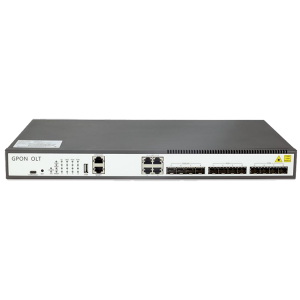
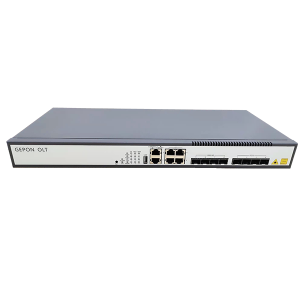
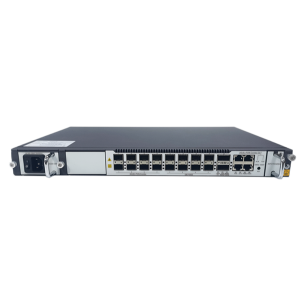
11-300x300.png)
